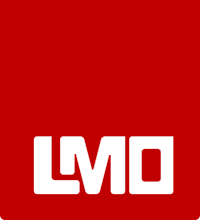As explained in the previous blog post, Introducing the Trinity for ITAM Success, we saw that people, process and tools are necessary for the successful implementation of ITAM. We’ll now explore how each of these elements works together.
1. People
Who is responsible for ITAM? Everyone. Everyone has a role to play, whether that be the CEO to authorise the programme, procurement to follow the processes, the ITAM manager to coordinate, right down to every IT user being aware of the processes and following them.
2. Processes
ITAM is a continuous lifecycle which starts with the request for an IT asset to fulfil a specific business objective, right through to its implementation and eventual retire:
1) Plan: The planning phase relates to defining the business requirements, highlighting the business case, objectives, specifications and budget estimations.
2) Purchase: The organisation purchases the asset in the most cost effective manner. During this phase, the ITAM process must ensure that all financial information relating to the procurement stage is accurately archived and that all associated activities are defined and registered.
3) Stock: Once purchased, the organisation must make sure the asset is received, categorised and recorded in the Asset Inventory.
4) Deploy: Once received and identified as stock, the operations team can then deploy the asset.
5) Retire/Dispose: When the asset reaches its end of life period, the process of retiring or disposal must be executed effectively, ensuring that it does not disrupt or impact the live environment.
3. Tools
Lastly, specific ITAM tools – and not general-purpose tools such as spreadsheets – are required to deliver the programme. The tools should only be purchased once the organisation has scoped out the specific requirements, identified the people who will be ambassadors for the programme, and has mapped out the business processes that will be required to ensure ongoing adherence to the programme.
Read more in our latest white paper; Trinity of ITAM Success.
